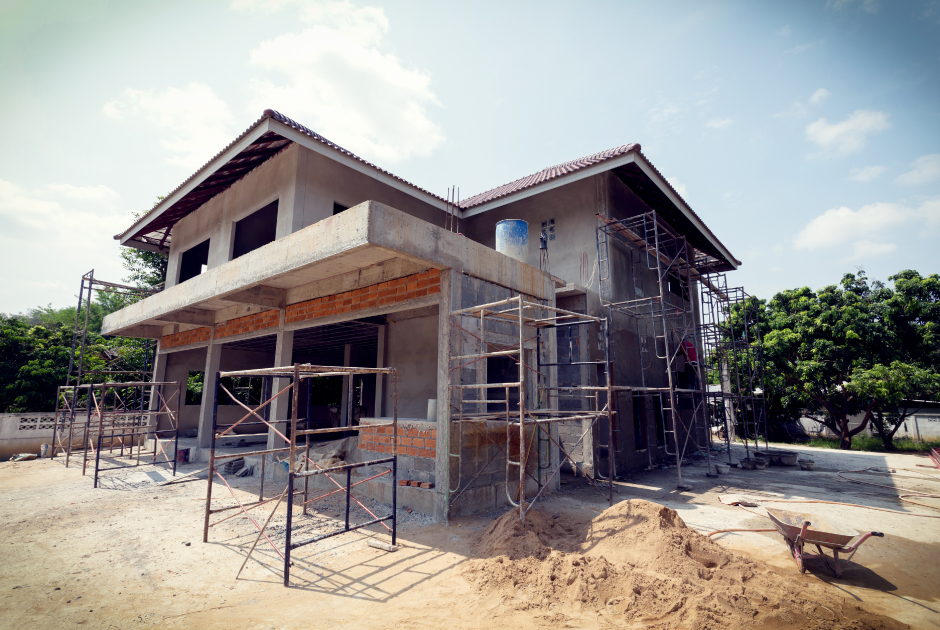How to source local, sustainable materials for your next construction project?
Are you ready to make a positive impact with your next construction project? Choosing sustainable materials can reduce your carbon footprint and support your community. As per India’s Department of Energy, green buildings can lower energy consumption by 30-40% compared to traditional buildings.
Sustainable materials, such as recycled steel and low-carbon concrete, minimize waste and reduce environmental damage. They also improve indoor air quality and energy efficiency. Whether you’re a homeowner, builder, or architect, sourcing these materials is a smart investment in our planet’s future.
Here, we discuss how to find local, sustainable materials for your project, helping you build responsibly:
Work with reliable companies committed towards sustainability
The first step to sourcing sustainable materials is to look locally. By choosing local suppliers, you reduce the carbon footprint associated with transporting materials over long distances. Also, purchasing from reliable local businesses supports the community and boosts the regional economy.
To find local suppliers, connect with local construction associations, and attend trade shows or sustainability expos. You can also consult online platforms that specialize in connecting eco-friendly suppliers with buyers.
Look for suppliers that offer green-certified products and review their manufacturing processes. These suppliers often carry materials, such as low-carbon cement, recycled steel, or energy-efficient insulation. Many companies are adapting with today’s evolving construction industry. For instance, the Ecodure range of concrete from Nuvoco is a low-carbon concrete designed for sustainable and circular construction. It can reduce CO₂ emissions by up to 60%.
Consider modern building materials
In addition to natural and reclaimed materials, modern building products, such as waterproofing compounds and antimicrobial wall putty, offer durability, sustainability, and performance. These materials are designed with advanced technologies that improve the building’s energy efficiency, indoor air quality, and resistance to environmental factors such as moisture, mold, and bacteria.
Waterproofing compounds, for instance, help protect buildings from water damage and reduce the need for maintenance or repairs. Antimicrobial wall putty prevents the growth of mold and bacteria, improving indoor air quality and contributing to a healthier living environment.
Opt for the right resources
Consider the environmental impact of materials throughout their life cycle, from extraction to disposal. Materials such as ready-mix concrete reduce material waste and energy use, as it’s mixed precisely in controlled conditions. This precision minimizes the need for excess raw materials and reduces CO₂ emissions. Also, using ready-mix concrete reduces construction time and labor costs, leading to fewer emissions from equipment and transportation.
Also, it’s important to choose materials that are durable and require minimal maintenance, as frequent repairs can negate the initial environmental benefits.
Plan for efficient logistics and transportation
Even when using local materials, transportation can have a significant environmental impact. To minimize this, collaborate with local transporters who know the area well and can optimize delivery routes. This helps reduce fuel consumption and emissions. Planning material needs in advance and placing bulk orders can also minimize the number of trips required – this can further lower transportation emissions and costs.
By understanding the local context, collaborating with the community, and using sustainable practices, you can build structures that are environmentally friendly.






